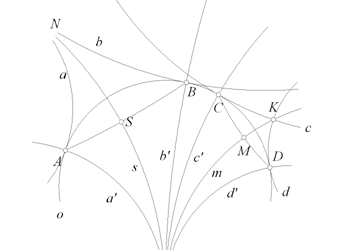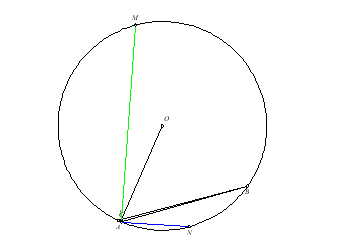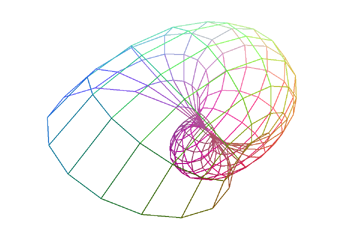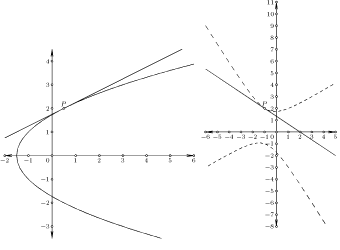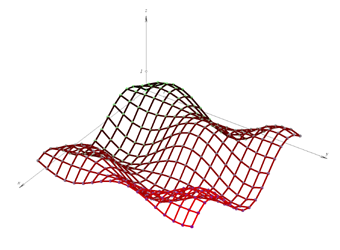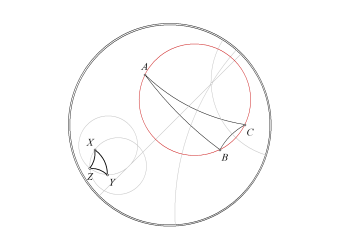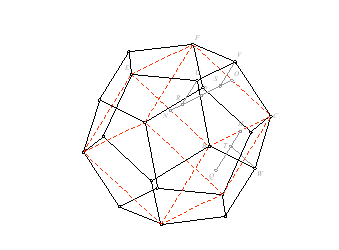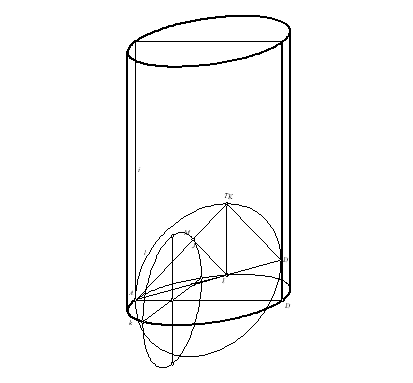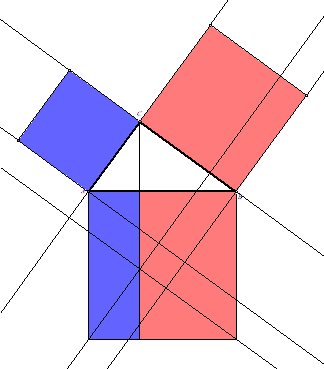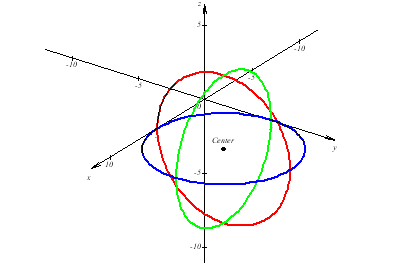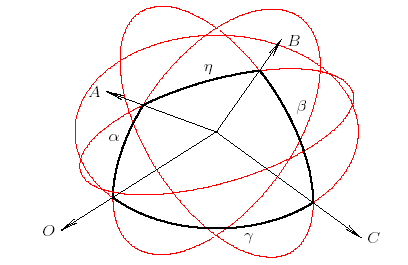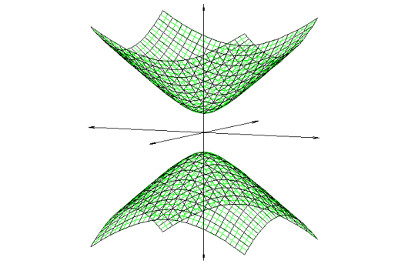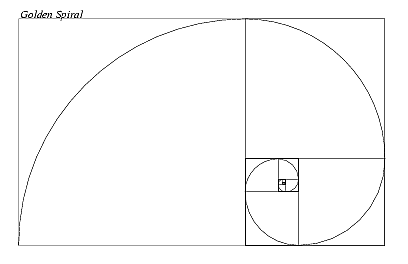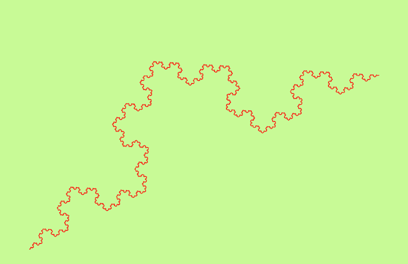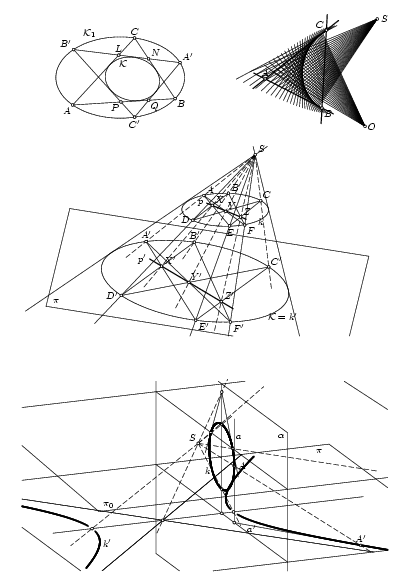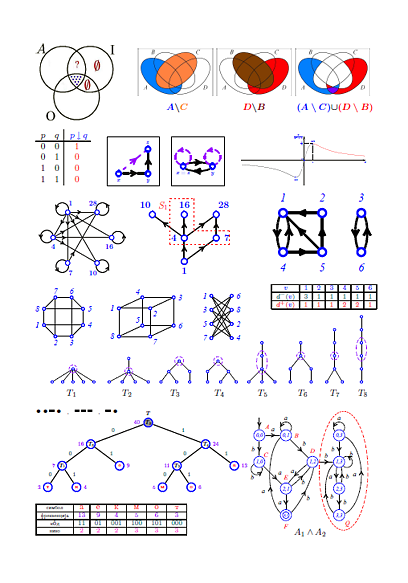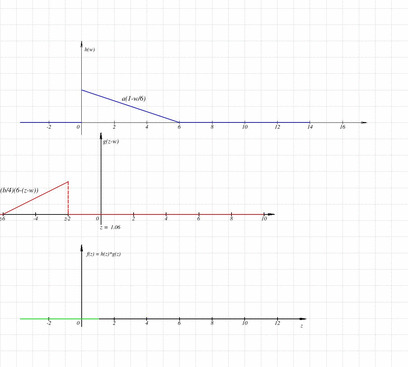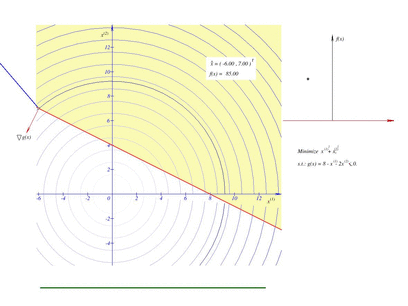
I am happy that, almost 30 years years after the very first versions of GCLC and with many related tools that appeared in the meanwhile, there is still a steady and wide need for the tool GCLC. With thousands of GCLC users worldwide, with many books, journal articles, and theses illustrated with the help of GCLC, and with many courses on different levels that are taught using GCLC, I am encouraged to keep the project GCLC active. After turning open-source in 2020, in March 2024 it is time to announce one great novelty - web-based version of GCLC, a contribution by Nikola Ubavić! Please find the links to the source code, to current versions of executables, and to the web-based version in the Downloads section.
Predrag Janičić [home page]
March 2024
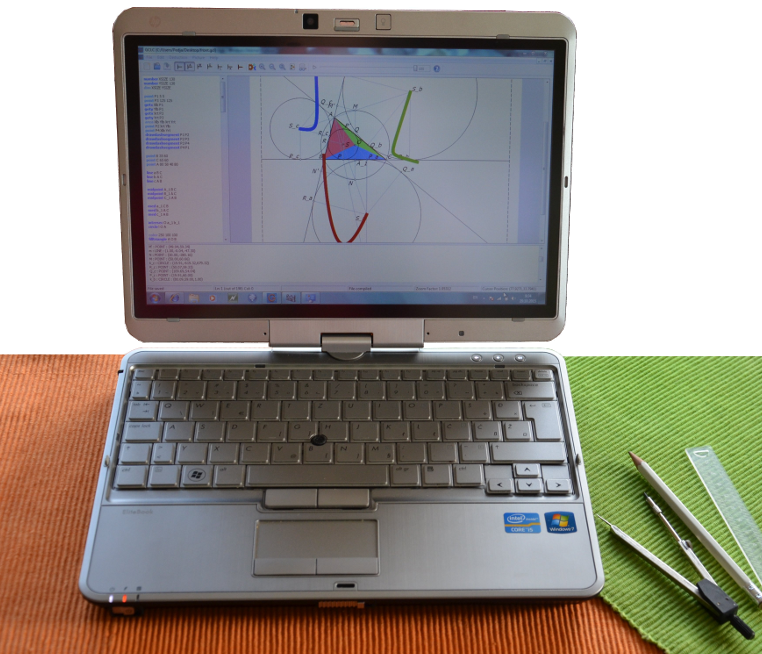
- producing digital mathematical illustrations of high quality;
- use in teaching geometry;
- use in studying geometry with the help of automated theorem provers.
Although GCLC was initially built as a tool for producing LaTeX figures from descriptions of geometric constructions, now it is much more than that. It provides easy-to-use support for many isometric transformations, conics, parametric curves, dealing with expressions, flow control, automated theorem proving, etc.
There versions for Windows and for Linux. There are command line versions and versions with graphical user interfaces (that provide a range of additional functionalities).
The very first version of GCLC was written in Nov 1995. GCLC had its first public release in 1996, and several releases since then. It has thousands of users wordwide and it has been used for producing digital illustrations for a number of books, journal articles, theses, and in a number of high-school and university courses worldwide.
- Freely available;
- Support for a range of elementary and compound constructions, and isometric transformations;
- Support for symbolic expressions, second order curves, parametric curves, flow control, user-defined functions, etc;
- User-friendly interface, interactive work, animations, tracing points, "watch window" ("geometry calculator"), and other tools;
- Support for drawing trees and graphs;
- Built-in automated theorem provers, capable of proving many complex theorems;
- Simple, easy to use, small in size;
- Export of high quality figures into LaTeX (simple LaTeX format, PSTricks format, TikZ format), EPS (Encapsualted PostScript), SVG (Scalable Vector Graphics), bitmap, PNG, JPG format;
- Command line and version with graphical user interface both for Windows and Linux;
- Import from JavaView JVX format.
Web-version of GCLC
GCLC Manual
The original address of this page is: www.matf.bg.ac.rs/~predrag.janicic/gclc (mirrored versions are not always up-to-date)
GCLC is available also from EMIS (The European Mathematical Information Service) servers: http://www.emis.de/misc/software/gclc/.
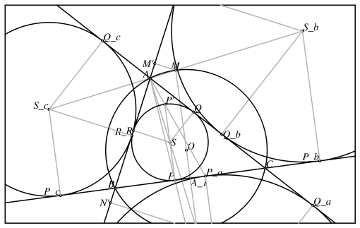
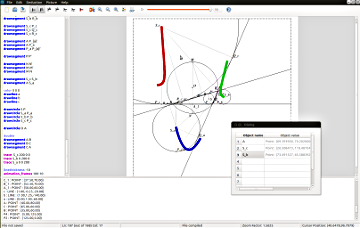
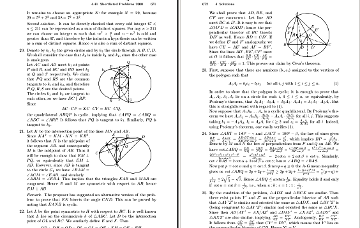
- Ivan Trajković (University of Belgrade, Serbia) - coauthor of the graphical user interface for the Windows version WinGCLC (2003);
- Nikola Ubavić (University of Belgrade, Serbia) - author of the web-based version of GCLC (2024);
- Pedro Quaresma (University of Coimbra, Portugal) - coauthor of the theorem prover based on the area method;
- Goran Predović (University of Belgrade, Serbia) - the main author of the theorem provers based on the Wu's methods and on the Groebner bases method;
- Luka Tomašević (University of Belgrade, Serbia) - the main author of the support for graph drawing;
- Konrad Polthier and Klaus Hildebrandt (Technical University, Berlin, Germany) - coauthors of the JavaView to GCLC converter).
- Pedro Quaresma (University of Coimbra, Portugal), Jelena Tomašević (University of Belgrade, Serbia), Milena Vujošević-Janičić (University of Belgrade, Serbia) - coauthors of the support for XML.
- If you use GCLC package, please let me know by sending an e-mail to
 (Predrag Janicic);
I will put you on the GCLC mailing list and inform you about new releases of GCLC.
(Predrag Janicic);
I will put you on the GCLC mailing list and inform you about new releases of GCLC.
- Please send me your comments and suggestions to
 . Your
feedback would be very much appreciated and would help in improving the
future releases of GCLC.
. Your
feedback would be very much appreciated and would help in improving the
future releases of GCLC.
- If you used GCLC for producing figures for your book or a paper, I would be happy to hear about that.
- Please send me your GCLC gems and I will put them on this page.
-
 This software is protected by the Creative Commons licence CC BY-ND:
Attribution-NoDerivatives 4.0 International.
This license allows for redistribution, commercial and non-commercial,
as long as it is passed along unchanged and in whole, with credit to the author.
This software is protected by the Creative Commons licence CC BY-ND:
Attribution-NoDerivatives 4.0 International.
This license allows for redistribution, commercial and non-commercial,
as long as it is passed along unchanged and in whole, with credit to the author. - You may install and run this untouched software without any restrictions.
- All output of this software is your property. You are free to use it in teaching, studying, research, and in producing digital illustrations.
- THIS SOFTWARE IS PROVIDED "AS IS" AND WITHOUT ANY EXPRESS OR IMPLIED WARRANTIES, INCLUDING, WITHOUT LIMITATION, THE IMPLIED WARRANTIES OF MERCHANTABILITY AND FITNESS FOR A PARTICULAR PURPOSE.
- (c) Predrag Janicic 1995-2024
